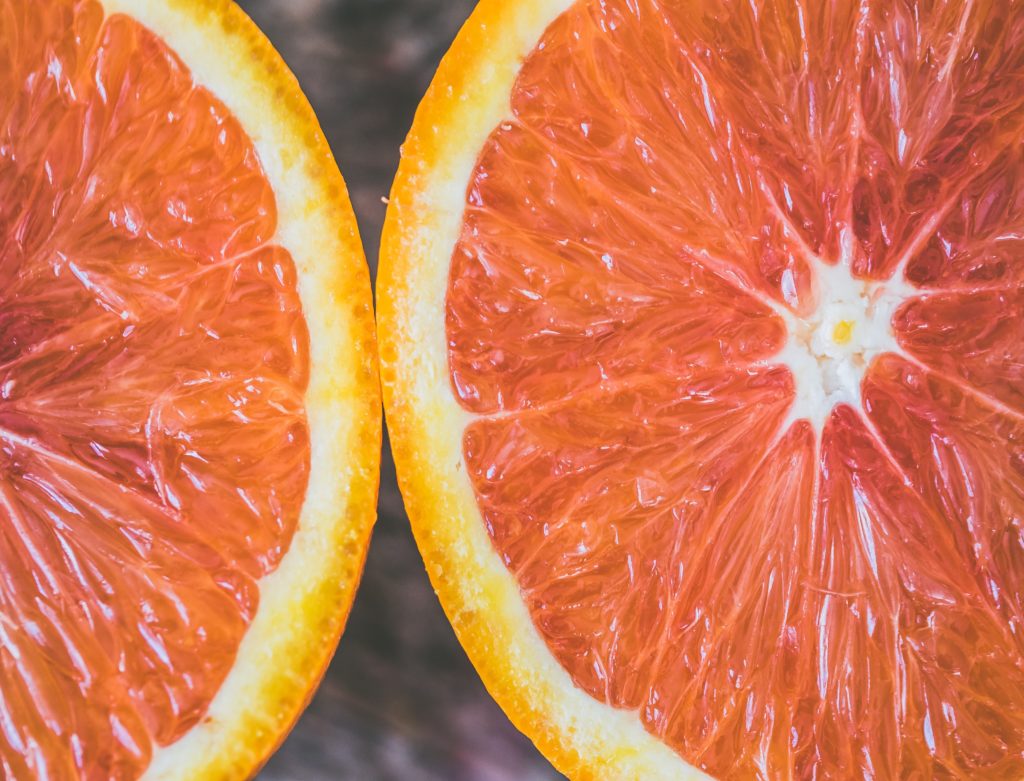Many store-bought salad dressings and sauces contain foods that most aggravate the gut: gluten, processed sugar, and industrial seed oil. And turns out, it is extremely simple to make a wide variety of dressings and sauces, combining just a few key ingredients. No recipes needed.
This simple framework can help you experiment and create hundreds of delicious sauces and dressings. Recipes are helpful, but you don’t need them. The key is knowing how to combine a few key ingredients.
The categories below bucket different components for great results. Oil and acid are foundational for making a dressing or sauce, but with that as your base, the fun begins. Mix and match categories and experiment to find your favorite combinations. Experiment with different ratios and keep adjusting … if a sauce is too bitter, add natural sweeteners like honey or maple syrup, if a sauce is too thin, add some nut butter or tahini, or if a sauce is too bland, try adding an acid like lemon.
Throw ingredients into a blender or food processer, or mix by hand, and keep refining until you find your secret sauce. Save time and make in bulk, and use over the course of weeks on meat, fish, salad, or vegetables.
Start with what you have in your kitchen – something simple. Remember, there is nothing wrong with simple. As Leonardo da Vinci said, “simplicity is the ultimate sophistication.”
Oil: Every dressing or sauce requires an oil, such as olive oil, butter, ghee, walnut oil, coconut oil, avocado oil, sesame oil, or flaxseed oil. Each of these oils have their own flavor and can stand alone when paired with an acid or serve as a vehicle to carry other flavors.
Acid: Acids, such as balsamic vinegar, apple cider vinegar, white vinegar, rice vinegar, lemons, oranges, or limes, are extremely important in any sauce or dressing, as they bring out flavor.
Nuts/Seeds: For thickness and flavor, try adding a nut or seed butter, such as tahini, almond butter, pecan butter, sunflower butter, cashew butter, or pumpkin seed butter.
Note: Peanut butter (technically a legume, not a nut), is not included as it is high in aflatoxins, a toxin that is produced by mold; the same holds true for organic peanut butter.
Fruit: For sweetness, thickness, and flavor, try adding fruits, such as coconuts, avocados, olives, and tomatoes.
Condiments: For thickness and flavor, try adding mayonnaise, ketchup, or mustard by Primal Kitchen, a company that makes condiments made from real, whole food ingredients. For a soy-sauce equivalent that is free of gluten, processed sugar, and industrial seed oil, try coconut aminos, a sauce made from the fermented sap of a coconut palm.
Sweet: To add sweetness to your sauce or dressing, try adding honey, dates, or maple syrup. Sweeteners aren’t required, however if you’re finding a sauce or dressing to be a bit too bitter, sour, or spicy, try adding some sweetness for balance.
Spices and/or herbs: For additional flavor, try adding spices such as pepper, red pepper flakes, garlic, paprika, oregano, cumin, turmeric, coriander, saffron, nutmeg, cinnamon, cardamom, fennel, tarragon, or any spice blend, and/or herbs such as cilantro, basil, rosemary, chives, parsley, dill, or ginger. The possibilities are endless. Spices and herbs add flavor and color to dressings and sauces.
Salt: The final step in any sauce or dressing is to add salt to taste. Fun fact: salt doesn’t add flavor, it just enhances the flavor that is already present.
There are so many ways you can use these categories. Below are just a couple of my favorites.
-
Olive oil, apple cider vinegar, tahini, garlic, honey, salt, and pepper
-
Sesame oil, rice vinegar, ginger, coconut aminos, garlic, ginger, salt, and pepper
-
Avocado oil, white vinegar, cilantro, parsley, tomato, avocado, maple syrup, and salt

